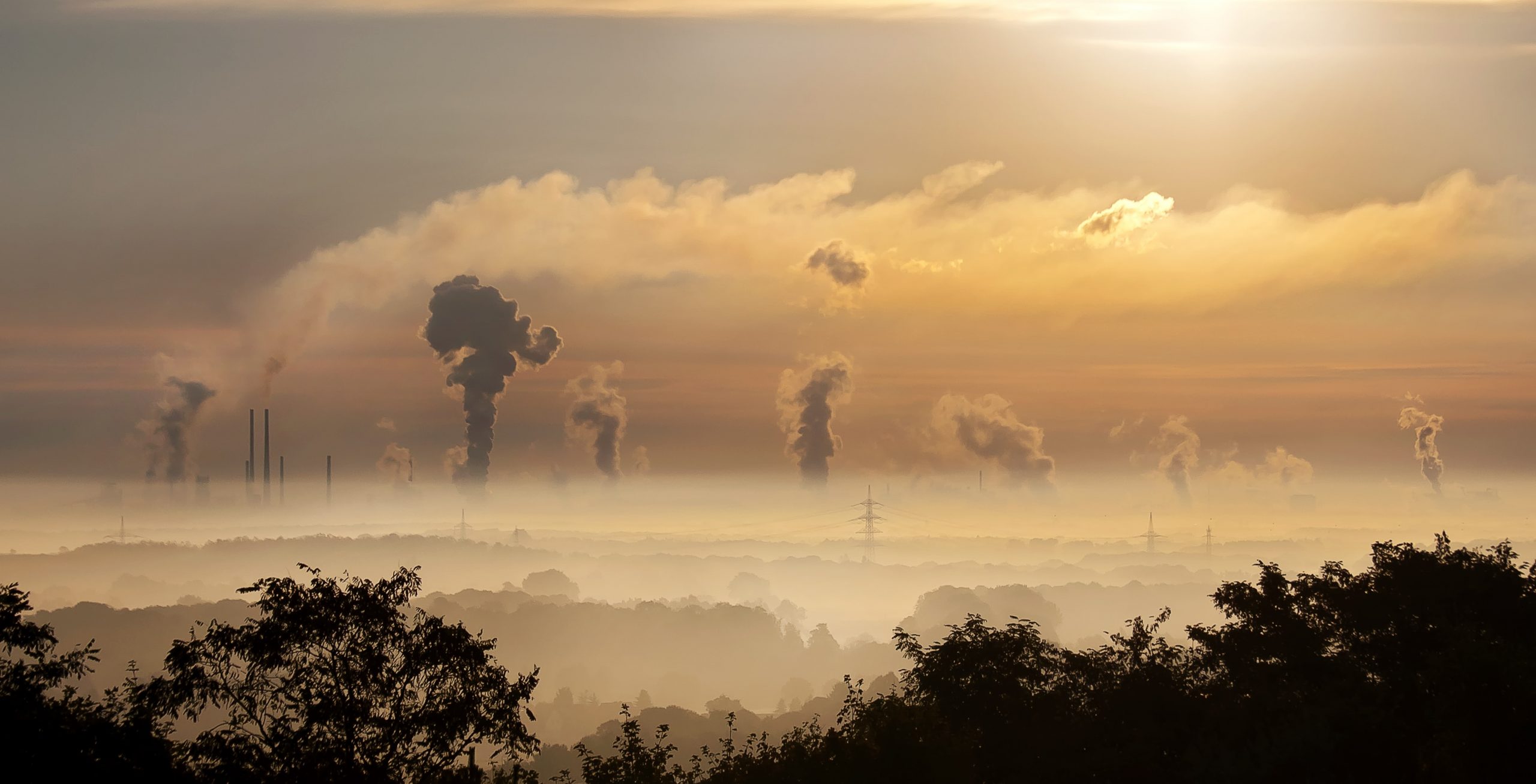The Biggest Carbon-Emitting Sectors in the United States

What industries are responsible for the greatest output of greenhouse gasses? In the following article, Forest Founders will discuss the six largest sources of emissions in the U.S., and what each sector needs to do to begin to reverse climate change. Forest Founders is a non-profit organization dedicated to lowering the global carbon footprint by reestablishing our world’s forests. To learn how you can contribute to the global reforestation initiative, please visit our signup page.
What are greenhouse gasses, anyway?
The term “greenhouse gas” comes from the phenomenon that occurs in botanical greenhouses. Greenhouses are structures that maintain a constant warm temperature because they trap the heat from the sun. This allows plants that normally thrive in warm and moist conditions to grow anywhere in the world regardless of the climate outside of the greenhouse itself. The greenhouse gas effect occurs when certain emissions are released into the atmosphere and trap the warmth of the sun. This insulation raises the global temperature, making some regions too warm to maintain indigenous life.
Greenhouse gasses include carbon dioxide, chlorofluorocarbons, methane, and nitrous oxide, to name a few. The bulk of greenhouse gas emissions are released through human activity, namely the burning of fossil fuels. The following sectors are responsible for the largest volume of greenhouse gas emissions in the U.S., though there are strategies that could be employed that might significantly reduce their output.
- Transportation: The transportation of people and goods releases the highest volume of greenhouse gasses of any category of activity. Emissions from cars, trucks, trains, ships, and planes accounted for over 28 percent of the emissions for 2018 (more than 90 percent of transportation in the U.S. is fossil fuel-powered). The transportation sector might reduce its emissions by converting to renewable biofuels, and improving efficiency by making vehicles lighter and more aerodynamic, thereby reducing the amount of fuel they need to function.
- Electricity: The production of electricity causes nearly 27 percent of greenhouse gas emissions. Electricity generation is fueled largely by fossil fuels – namely petroleum, natural gas, and burning coal – though nuclear and solar energy technologies are also used. Emissions can potentially be reduced by adopting solar, hydro, and/or wind energy technologies more broadly.
- Industrial production: In 2018, the manufacturing sector was responsible for 22 percent of U.S. greenhouse gas emissions. The industrial processes used to convert raw materials into products are executed using machinery that requires power sourced from fossil fuels. However, some tangential operations – like inefficient and improper materials handling – also contribute.to greenhouse gas emissions. The industrial sector could improve its emissions by adopting more rigorous recycling programs like reusing scrap metals rather than forging, becoming more vigilant about reducing chemical and gas leaks during production and equipment use, and switching to biofuels to operate machinery.
- Commercial and residential maintenance: Approximately 12 percent of U.S. greenhouse gas emissions can be attributed to energy use and waste management practices of commercial and residential buildings. Commercial and residential buildings could be retrofitted with energy-efficient technology, reducing reliance on heating and cooling systems. Waste systems could be made more efficient by adopting rigorous recycling programs.
- Agriculture: Agricultural practices are significant greenhouse gas emitters, accounting for nearly 10 percent. Land could be managed more effectively and efficiently by reducing the volume of fertilizers to only the minimal amount required for crop generation. Livestock manure production could be transitioned into a solid storage strategy rather than as a liquid to reduce methane emissions, or possibly adopting the technology to capture methane and convert it into a form of renewable energy.
- Forestry and land-use: Clearing forest lands for agricultural purposes and development deprives the environment of a highly valuable CO2 absorption resource. Properly managed forest lands remove more CO2 from the atmosphere than they emit, yet improvements can nonetheless be made. Dramatically reducing the number of acres cleared for agricultural purposes and development would help encourage forest growth. Increasing acres of forest lands could significantly reduce emissions from the above industries.
Forest Founders’ mission is to facilitate global reforestation and forest preservation by supporting initiatives to plant trees and encourage widespread carbon accountability. While the above industries must commit their resources to innovating and implementing environmentally safer practices, we can begin to encourage the growth of forest cover, helping to offset greenhouse gas emissions not only by the U.S., but by industries worldwide.
For more details about Forest Founders’ initiatives, please visit our information page.